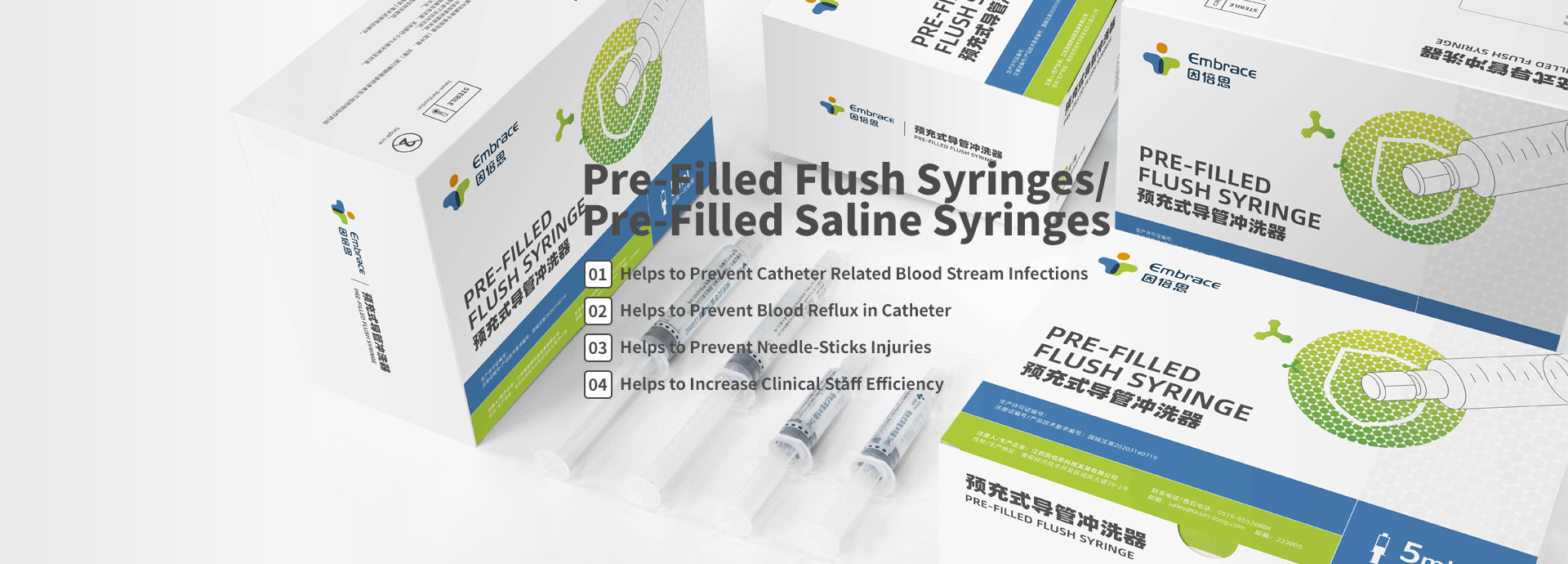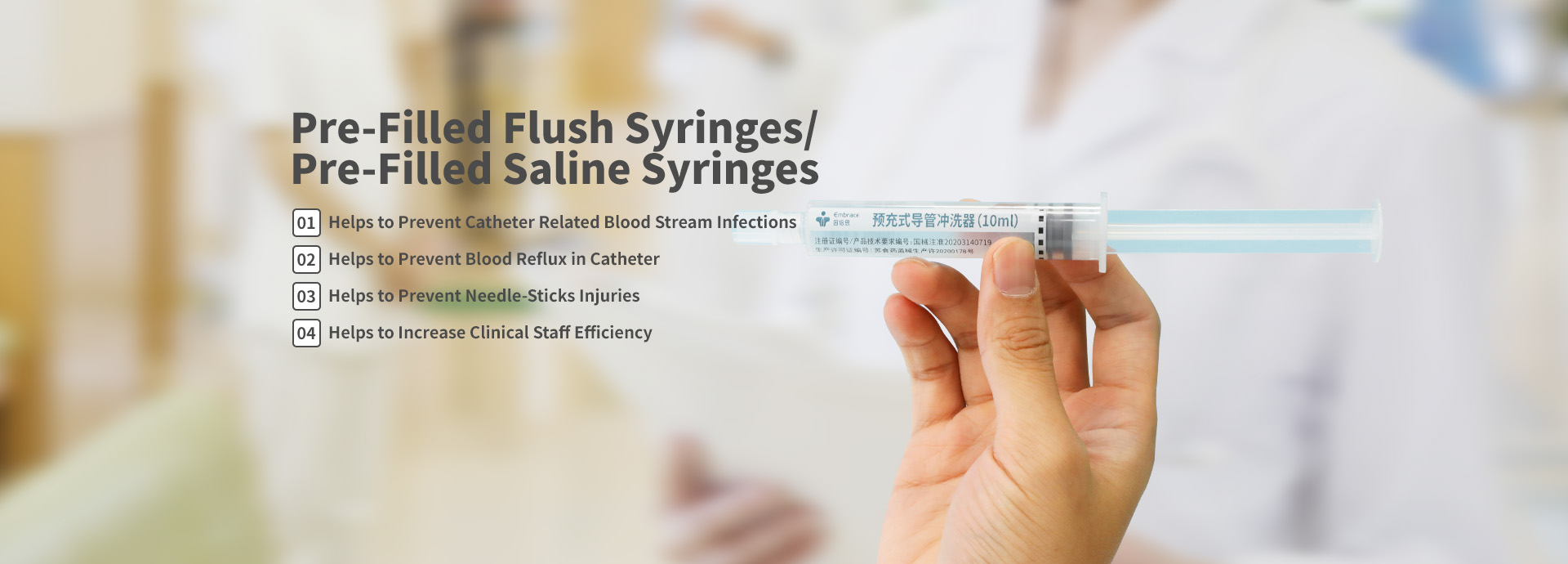Domestic News
Infusion Nurse Society Guidelines for Flushing IV Catheters
Release date: 2022-06-01 Click: 2601
· Use single-dose systems (eg, single-dose vials or prefilled labeled syringes) for all VAD flushing and locking. - Commercially available prefilled syringes may reduce the risk of CR-BSI and save staff time for syringe preparation.
· Perform disinfection of connection surfaces (i.e., needleless connectors, injection ports) before flushing and locking procedures (refer to Standard 34, Needleless Connectors).
· Flush all VADs with preservative-free 0.9% sodium chloride (USP).
· Use a minimum volume equal to twice the internal volume of the catheter system (eg, catheter plus add-on devices). - Larger volumes (eg, 5 mL for peripheral VAD, 10 mL for central vascular access devices [CVADs]) may remove more fibrin deposits, drug precipitate, and other debris from the lumen. Factors to consider when choosing the flush volume include the type and size of catheter, age of the patient, and type of infusion therapy being given. Infusion of blood components, parenteral nutrition, contrast media, and other viscous solutions may require larger flush volumes.
· Assess VAD functionality by using a 10-mL syringe or a syringe specifically designed to generate lower injection pressure (i.e., 10-mL-diameter syringe barrel), taking note of any resistance.
· Do not use prefilled flush syringes for dilution of medications. Differences in gradation markings, an unchangeable label on prefilled syringes,
· Following the administration of an IV push medication, flush the VAD lumen with preservative-free 0.9% sodium chloride (USP) at the same rate of injection as the medication. Use an amount of flush solution to adequately clear the medication from the lumen of the administration set and VAD.
· Use positive-pressure techniques to minimize blood reflux into the VAD lumen, or use prefilled syringe design to eliminate syringe induces blood reflux.
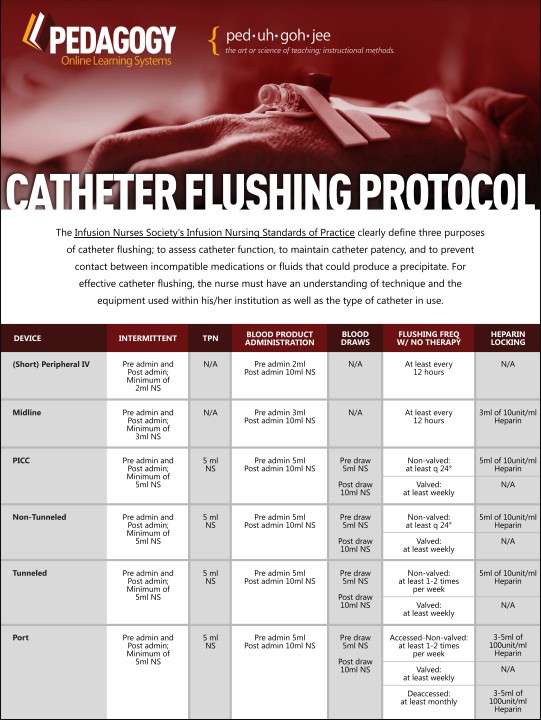
Principles of Flushing IV Catheters:
Infusion Nurse Society Recommends,
•Vascular access devices (VADs) are flushed and aspirated for a blood return prior to each infusion to assess catheter function and prevent complications.
•VADs are flushed after each infusion to clear the infused medication from the catheter lumen, thereby reducing the risk of contact between incompatible medications.
•The VAD is locked after completion of the final flush to decrease the risk of intraluminal occlusion and catheter-related bloodstream infection (CR-BSI), depending on the solution used.
Assess, Clear, Lock – The A-C-L of Flushing
Assess: The Status / Function of the catheter
Clear: Medication / Solutions to avoid incompatibility & precipitate blockage
Lock: During Period of non-use
Points to Practice:
Instruction for using Embrace Pre-filled Syringes:
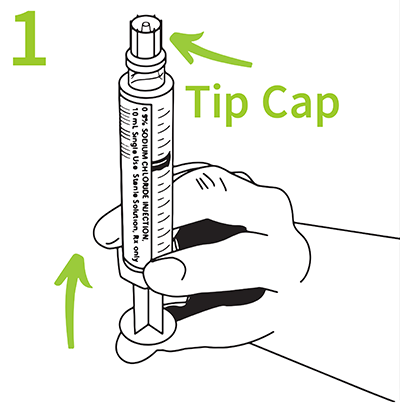
1.Open the syringe package, Prior to using syringe, break the plunger seal by pushing on thumb press plunger rod with cap still on, until you feel click or the plunger move.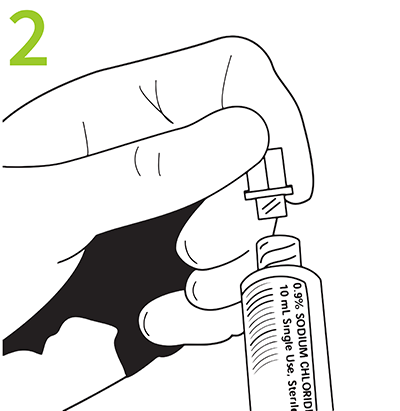
2.Remove syringe tip cap by twisting off.
3.Expel air by pushing plunger forward.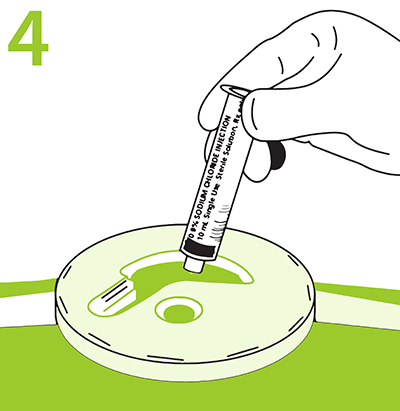
4.Discard used syringe including any unused solution following institution policy. DO NOT REUSE.

